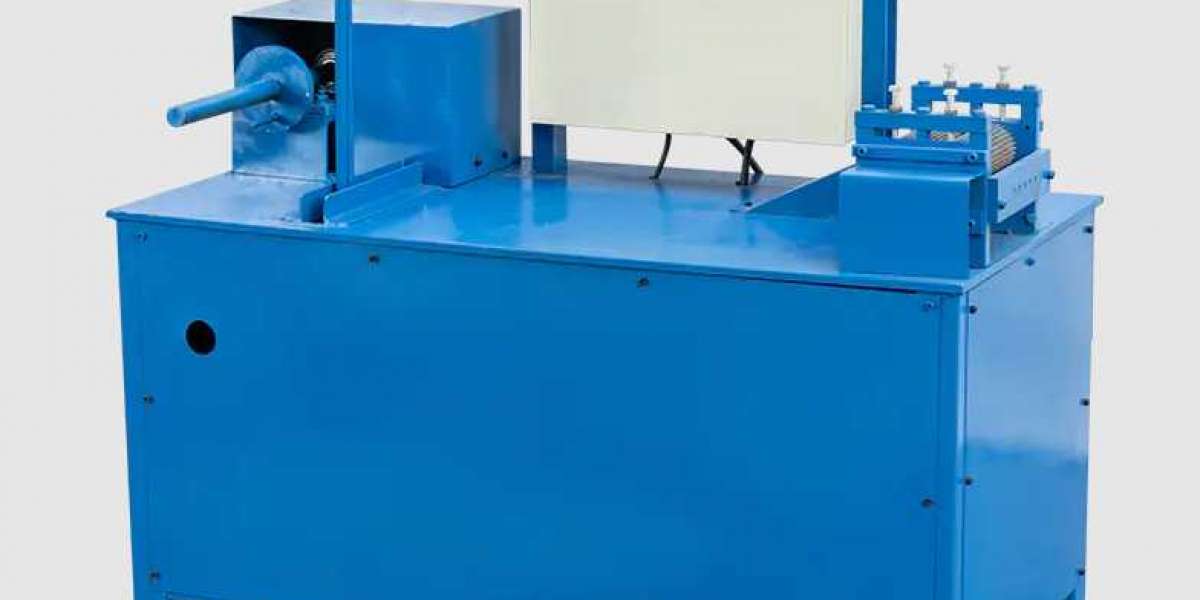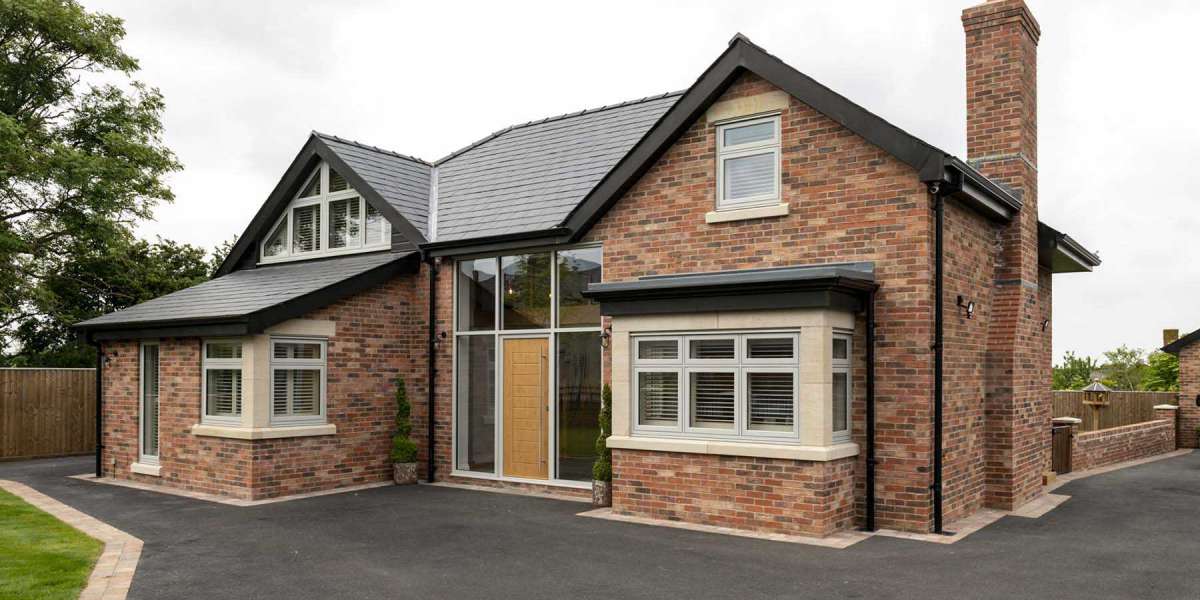The stability of brush making machinery when operating in high-temperature or high-humidity environments is a critical factor for manufacturers based in regions with challenging climates or for facilities where environmental conditions are not fully controlled. Consistent operation under such circumstances ensures uninterrupted production, protects machinery from premature wear, and safeguards the quality of the brushes being produced. While modern equipment is often built to meet a range of industrial standards, actual stability in extreme environments depends on design specifications, material quality, and integrated protective technologies.
Heat and moisture can affect mechanical and electronic components differently. In high-temperature settings, prolonged exposure to elevated ambient heat can cause motors and control systems to overheat, leading to reduced efficiency or even temporary shutdowns due to thermal protection mechanisms. To counter this, many advanced brush manufacturing machines include temperature monitoring sensors and integrated cooling systems, such as ventilation fans or liquid cooling for critical components. These help regulate internal machine temperatures, especially during extended production runs, thereby preventing thermal overload and preserving operational reliability.
Humidity presents another set of challenges, particularly for the electronic control systems and metal parts of the machinery. High moisture levels can lead to condensation inside electrical enclosures, resulting in short circuits, corrosion, or signal interference. To address this, many machines are designed with sealed enclosures that meet specific ingress protection (IP) ratings, which prevent dust and moisture from damaging sensitive internal components. Anti-rust coatings, stainless steel parts, and humidity-resistant cabling are also common features that help extend machine life and maintain performance in damp conditions.
In factories where high humidity is unavoidable—such as those near coastal areas or in tropical climates—it is essential to pair machinery with dehumidifiers or climate control systems to ensure consistent performance. Some brush manufacturing systems even come with built-in environmental adaptability features that allow the machine to automatically adjust motor speed or control sensitivity based on current ambient conditions. This adaptive functionality helps reduce error rates and maintain the quality of the final product even when environmental variables fluctuate.
In terms of preventive maintenance, machines operating in hot or humid settings may require more frequent inspections, especially of cooling systems, lubricated components, and sealed housings. Regular checks for signs of moisture intrusion or thermal stress can help detect early-stage issues and prevent unexpected downtime. Additionally, manufacturers often offer guidelines and operational limits that specify ideal environmental ranges for stable performance, helping users tailor facility conditions to suit the equipment’s needs.
Not all brush production equipment is equally suited for harsh environments, so it is essential for manufacturers to assess the working conditions and choose machines that are either rated for such settings or can be upgraded with environmental protection features. Failing to do so could result in inconsistent operation, increased maintenance costs, or even permanent machine damage. Therefore, stability in high-temperature or high-humidity environments is not only a matter of design but also of correct machine selection and responsible facility management.
Ultimately, with appropriate design features and environmental safeguards, many modern brush making systems can operate reliably even under adverse conditions. This capability allows manufacturers to maintain consistent output, reduce production interruptions, and ensure long-term equipment durability, regardless of geographical location or seasonal climate challenges.







